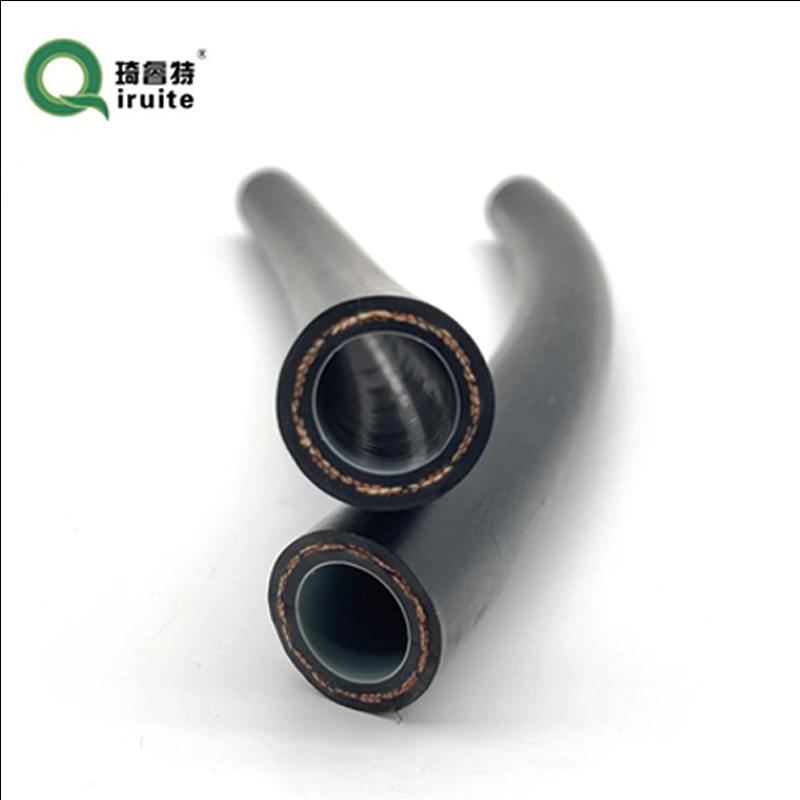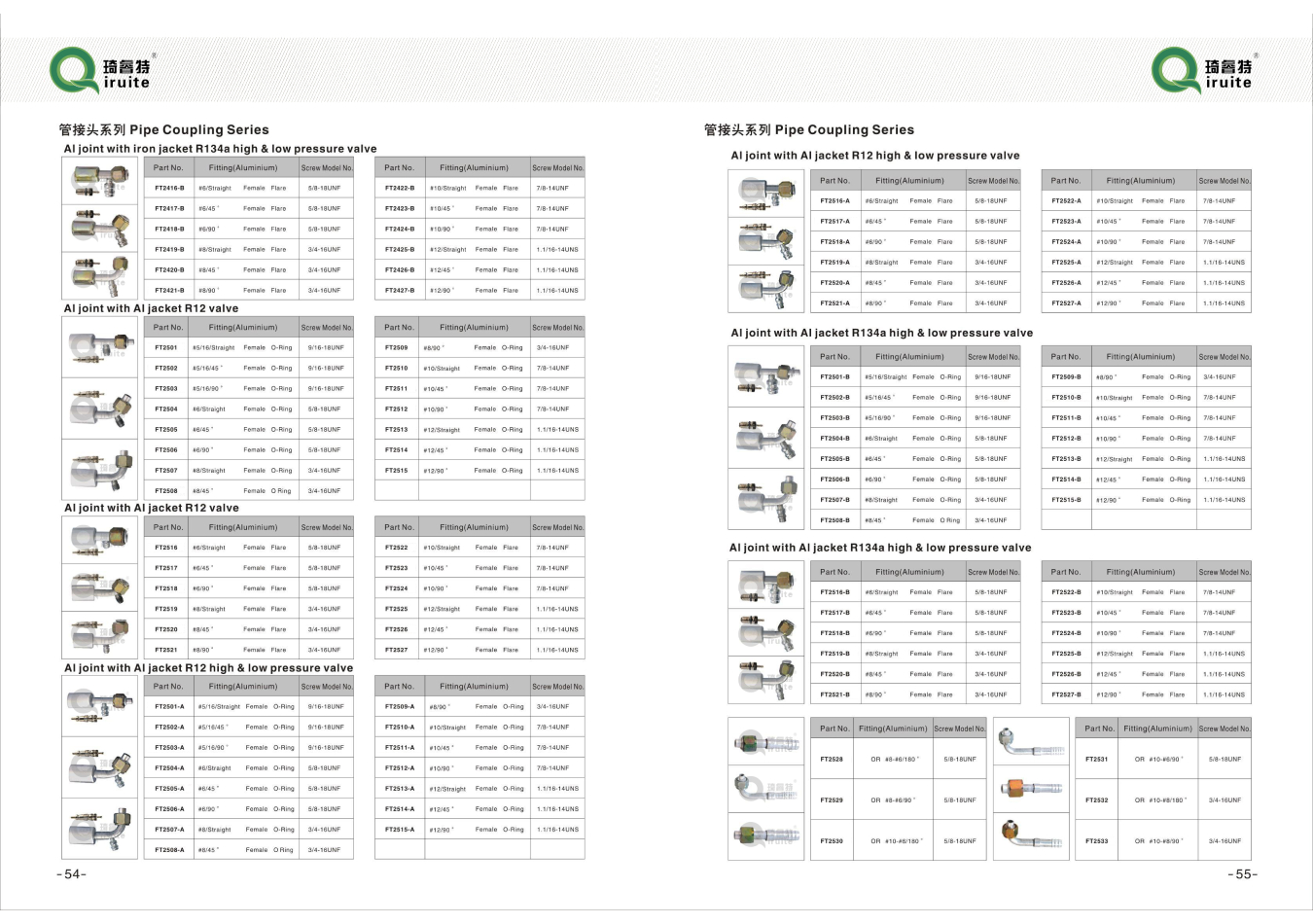កុម្ភៈ . 20, 2025 01:41
Back to list
how to repair power steering pressure hose
Repairing a power steering pressure hose is a task that requires precision, expertise, and a keen understanding of automotive systems. The power steering system, an integral part of modern vehicles, ensures effortless steering control and maneuverability. When a pressure hose develops a leak or fails, it can lead to significant handling issues. This guide offers a comprehensive approach for both car enthusiasts and professionals looking to repair a power steering pressure hose effectively.
Installing the New Hose Align the new hose in place, ensuring no twists or kinks that could impede fluid flow. Attach the fittings by hand initially to prevent cross-threading. Once aligned, tighten the fittings with a wrench, securing a tight seal. Ensure the hose is correctly routed to avoid any contact with engine components or excessive bending. Refill and Bleed the System Refill the power steering reservoir with the recommended type and amount of fluid. Always use the fluid specified by the vehicle manufacturer. After refilling, bleed the system to remove any trapped air, which could lead to poor steering response. This is typically done by turning the steering wheel completely from left to right several times with the engine running. Testing the Repair Once the system has been refilled and bled, take the vehicle for a test drive. Pay attention to the ease of steering and listen for any unusual noises. Inspect for any leaks post-test drive to ensure the repair was successful. Expert Tips and Trusted Practices Regular Maintenance Periodic inspection of the power steering system, including hoses, can preempt potential failures. Look for signs of wear during routine maintenance checks. Fluid Quality Always maintain the proper quality and level of power steering fluid. Contaminated or low fluid can accelerate hose deterioration and system wear. Professional Consultation While DIY repairs can be rewarding, consulting a professional mechanic adds an extra layer of assurance. Their experience can identify underlying issues that might not be apparent at first glance. Repairing a power steering pressure hose entails a thorough understanding of automotive hydraulics and attention to detail. By following this guide, you can ensure a reliable repair that maintains your vehicle's steering performance. Prioritizing high-quality parts and diligent maintenance not only extends the lifespan of the repairs but enhances overall vehicle safety and operation.


Installing the New Hose Align the new hose in place, ensuring no twists or kinks that could impede fluid flow. Attach the fittings by hand initially to prevent cross-threading. Once aligned, tighten the fittings with a wrench, securing a tight seal. Ensure the hose is correctly routed to avoid any contact with engine components or excessive bending. Refill and Bleed the System Refill the power steering reservoir with the recommended type and amount of fluid. Always use the fluid specified by the vehicle manufacturer. After refilling, bleed the system to remove any trapped air, which could lead to poor steering response. This is typically done by turning the steering wheel completely from left to right several times with the engine running. Testing the Repair Once the system has been refilled and bled, take the vehicle for a test drive. Pay attention to the ease of steering and listen for any unusual noises. Inspect for any leaks post-test drive to ensure the repair was successful. Expert Tips and Trusted Practices Regular Maintenance Periodic inspection of the power steering system, including hoses, can preempt potential failures. Look for signs of wear during routine maintenance checks. Fluid Quality Always maintain the proper quality and level of power steering fluid. Contaminated or low fluid can accelerate hose deterioration and system wear. Professional Consultation While DIY repairs can be rewarding, consulting a professional mechanic adds an extra layer of assurance. Their experience can identify underlying issues that might not be apparent at first glance. Repairing a power steering pressure hose entails a thorough understanding of automotive hydraulics and attention to detail. By following this guide, you can ensure a reliable repair that maintains your vehicle's steering performance. Prioritizing high-quality parts and diligent maintenance not only extends the lifespan of the repairs but enhances overall vehicle safety and operation.
Latest news
-
Ultimate Spiral Protection for Hoses & CablesNewsJun.26,2025
-
The Ultimate Quick-Connect Solutions for Every NeedNewsJun.26,2025
-
SAE J1401 Brake Hose: Reliable Choice for Safe BrakingNewsJun.26,2025
-
Reliable J2064 A/C Hoses for Real-World Cooling NeedsNewsJun.26,2025
-
Heavy-Duty Sewer Jetting Hoses Built to LastNewsJun.26,2025
-
Fix Power Steering Tube Leaks Fast – Durable & Affordable SolutionNewsJun.26,2025

